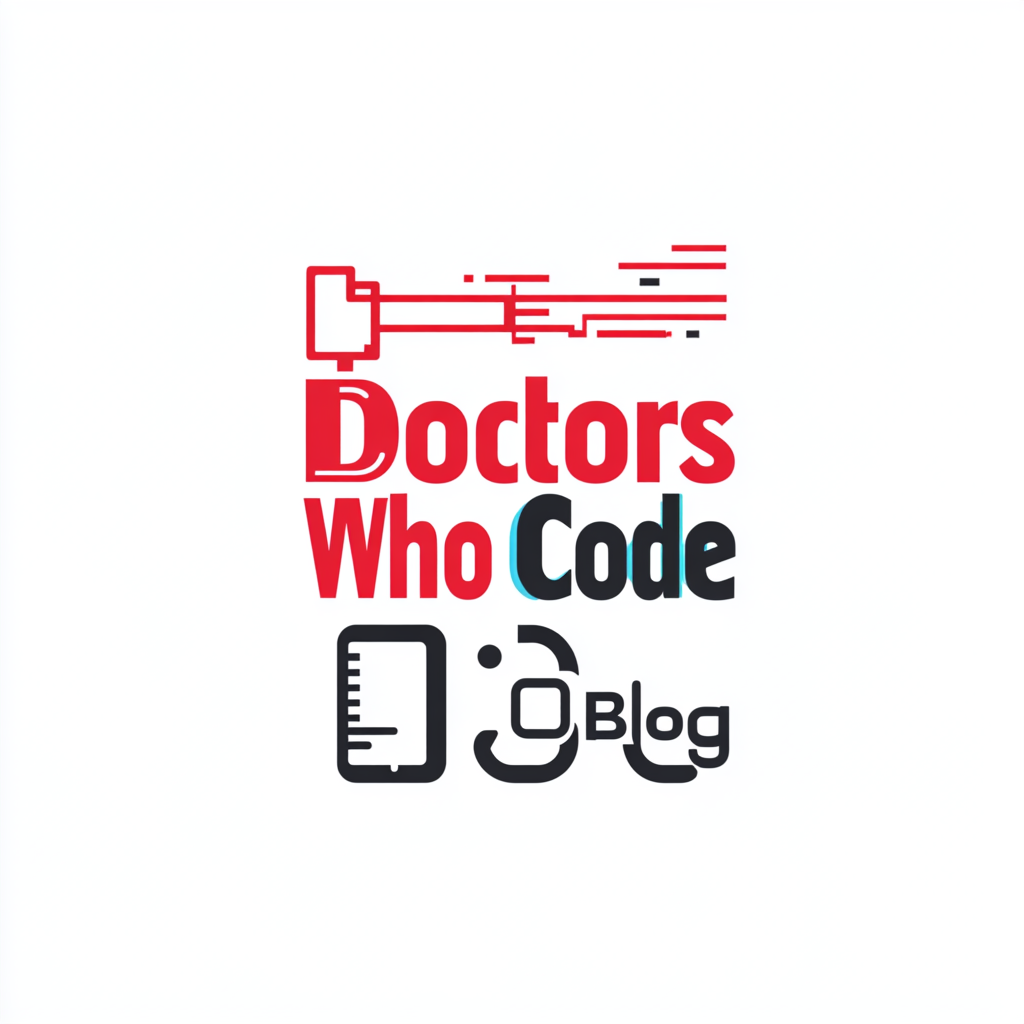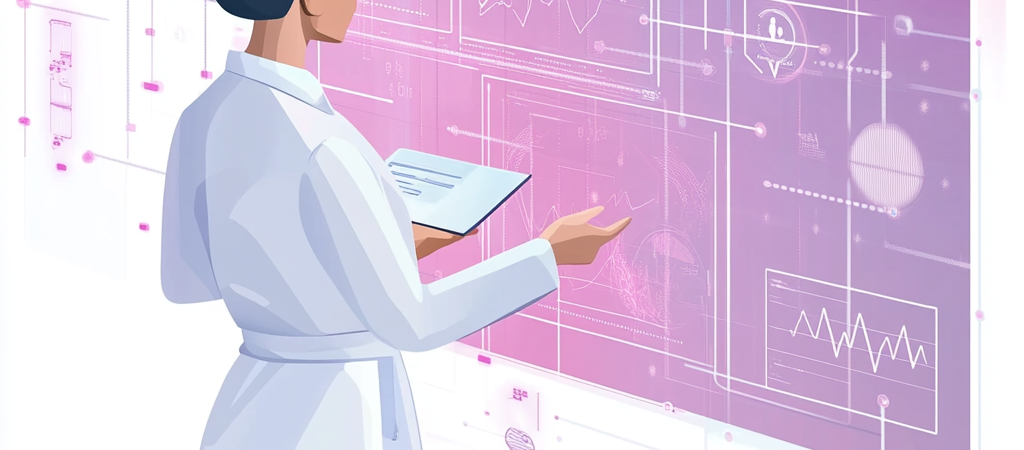Revolutionizing Maternal-Fetal Health: The Past, Present, and Future of AI in Obstetrics
Artificial intelligence (AI) is revolutionizing obstetric care, empowering healthcare providers to deliver precise, timely, and personalized interventions for maternal-fetal health. From early fetal monitoring innovations to the cutting-edge tools of today, AI’s trajectory in obstetrics demonstrates its potential to transform maternal care globally.
Table of Contents
– Evolution of AI in Obstetric Care
– Current AI Applications in Maternal Health
– Future Innovations in Obstetric Care
– Implementation Challenges and Solutions
– The Path Forward
Evolution of AI in Obstetric Care {#evolution}
Early Developments in Fetal Monitoring
AI’s initial contributions to obstetrics focused on improving fetal monitoring. Traditional cardiotocography (CTG) relied heavily on subjective interpretation, leading to inconsistent outcomes. AI algorithms changed the game by analyzing patterns in fetal heart rate variability and uterine contractions, enabling early detection of fetal distress.
Key Innovations:
– Advanced CTG Analysis: AI enhanced the accuracy of CTG readings, reducing the incidence of unnecessary interventions like cesarean sections.
– Predictive Modeling: Tools predicted risks such as preeclampsia and fetal growth restriction by analyzing maternal history and biometric data.
– Risk Assessment Systems: AI-powered platforms offered objective risk stratification for conditions like gestational hypertension, aiding early intervention.
While early systems were constrained by limited computational power and data, these foundational advancements paved the way for modern AI-driven care.
Current AI Applications in Maternal Health {#current-applications}
Predictive Analytics in Pregnancy Care
Modern AI systems enable early detection of complications through advanced data analysis and machine learning models.
Applications:
– Real-Time Monitoring: Continuous tracking of maternal vitals and fetal parameters alerts providers to deviations in real-time.
– Preterm Labor Prediction: AI identifies subtle biomarkers linked to preterm labor risks, enabling preventive strategies.
– Gestational Diabetes Screening: Machine learning models analyze patient histories and glucose patterns to automate early detection.
– Personalized Care Plans: Algorithms tailor risk assessments and care protocols to individual patients.
AI-Enhanced Imaging Technologies
AI has transformed prenatal imaging by improving diagnostic precision and automating routine assessments.
Breakthroughs:
– Ultrasound Analysis: AI tools detect fetal anomalies like congenital heart defects with unprecedented accuracy.
– 3D Imaging Enhancements: AI-driven systems produce detailed anatomical reconstructions, aiding surgical planning.
– Fetal Weight Estimation: Automated algorithms provide reliable weight assessments, reducing the risk of errors in delivery planning.
Digital Patient Engagement
Patient engagement tools leverage AI to enhance care delivery and accessibility, particularly in underserved areas.
Tools in Action:
– Chatbots: AI-powered bots answer pregnancy-related questions and offer health tips, reducing the load on clinicians.
– Appointment Automation: Intelligent systems manage scheduling, reminders, and follow-ups.
– Telehealth Integration: Virtual assistants support remote monitoring and consultations, especially in rural settings.
Future Innovations in Obstetric Care {#future-innovations}
Advanced Genetic Testing
AI is revolutionizing prenatal genetics by enhancing the accuracy and scope of testing.
– Enhanced NIPT: AI models improve the sensitivity of non-invasive tests for detecting chromosomal abnormalities.
– Genetic Condition Forecasting: Algorithms predict the likelihood of hereditary disorders, empowering families with critical information.
Smart Labor Management
AI-powered decision-support systems will transform labor and delivery management.
– Real-Time Guidance: Tools assess labor progress and recommend interventions, potentially reducing cesarean section rates.
– Risk Stratification: Automated systems evaluate risks like uterine rupture or hemorrhage in real-time.
Wearable Technology Integration
Wearables and AI together promise a new era in maternal health tracking.
– Continuous Monitoring: Devices track vitals and movement, providing 24/7 data streams.
– Complication Prediction: AI models identify signs of issues like eclampsia before they manifest.
– Remote Care: Wearables enable monitoring in underserved regions, bridging gaps in care delivery.
Implementation Challenges and Solutions {#challenges}
Ethical Considerations
AI adoption in obstetrics must prioritize ethical concerns, including:
– Data Privacy: Ensuring patient data security through encryption and compliance with regulations.
– Bias Mitigation: Training algorithms on diverse datasets to reduce disparities in care.
– Equitable Access: Addressing barriers to technology in low-resource settings.
Technical Integration
Seamless integration of AI tools into healthcare systems is vital for success.
– Training: Equipping providers with the skills to use AI tools effectively.
– Interoperability: Ensuring systems can communicate across platforms.
– Data Standards: Establishing uniform data protocols for consistent AI performance.
The Path Forward {#conclusion}
AI is reshaping obstetrics by enhancing diagnostic accuracy, personalizing care, and bridging healthcare disparities. However, ethical implementation and collaboration between clinicians and technologists are critical to unlocking its full potential.
Join the Movement
The future of maternal care lies in innovation. Clinicians, technologists, and policymakers must join forces to harness AI responsibly. How can AI improve your practice? Share your thoughts or reach out to explore solutions that work for you.
C. Onyeije, MD

